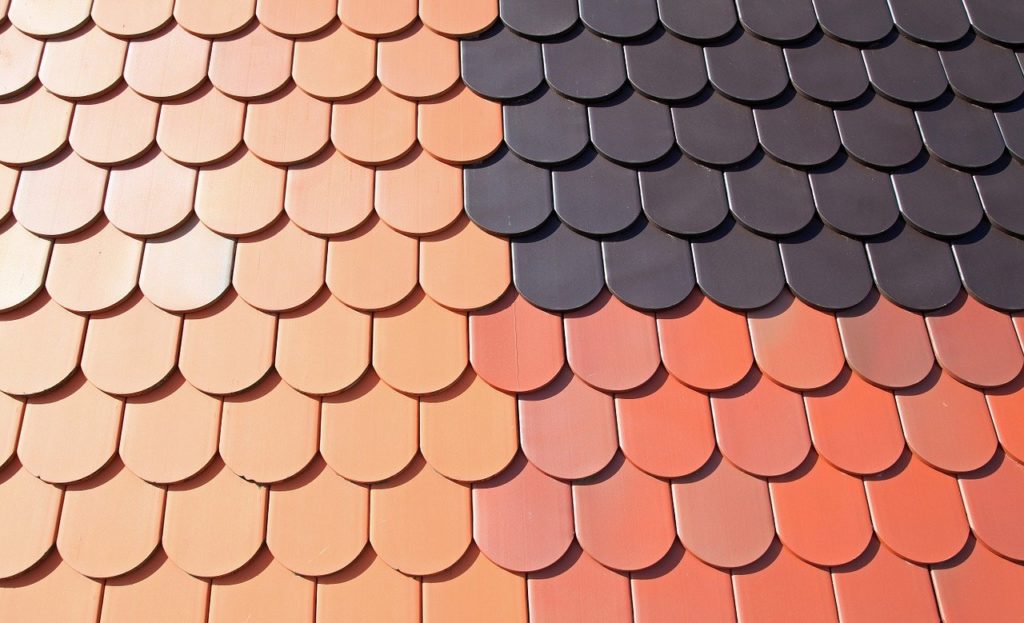3 Types of Flat Roofs You Should Know

When installing a roof on a newly constructed house, consider a flat roof. Flat roofs come in a variety of types, with different advantages and disadvantages. Here are some insights on flat roof systems before you decide which to choose.
Built-up Systems
The most common flat roof is a hot tar and gravel roof. Roofs with these materials have at least three layers of waterproof material with tar and gravel between each layer. It is a smart choice for people with windows overlooking the roof.
Gravel is an excellent fire retardant and is one of the main advantages of built-up roofs. It is also the most economical flat roofing system. A built-up roof, however, may need extra support due to its weight.
Modified Bitumen Systems
A modified bitumen roofing system is a single-ply roll roofing system that features a mineral-based surface. Modified bitumen roofs can be either torch-down systems or peel-and-stick systems.
The adhesive in torch-down systems must be heated to activate. In contrast, peel-and-stick systems do not require heating to function, so they are safer and easier to use.
Peel-and-stick roofs might seem simple to install yourself, but they are best installed by an expert. Torch-down applications pose a significant fire risk and should only be installed by professionals. A torch-down system should not be installed in an occupied building either.
These flat roofs reflect heat, resulting in lower energy bills. They are moderately priced.
Rubber Membrane Systems
A rubber membrane roof features a durable rubber construction that is more expensive than built-up and modified bitumen roofs. It can be easily installed and is lightweight.
As well as being highly resistant to damage, this flat roof can also be easily repaired if it is damaged. However, the black material can attract heat, so a white coating may be required.
If you are thinking of installing a flat roof, consider these three options. Contact a professional for roofing service advice.
